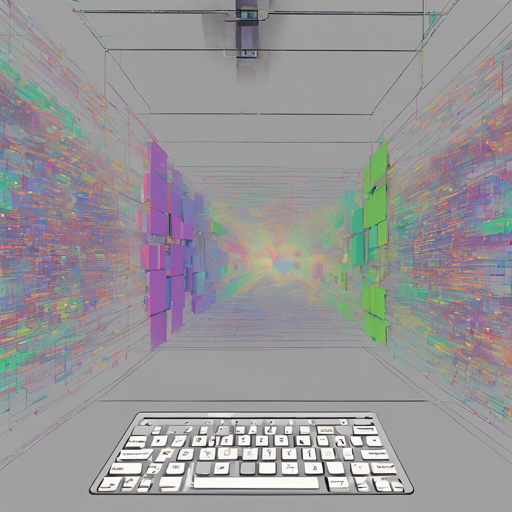The YOLO (You Only Look Once) family of models stands synonymous with real-time object detection. Starting from YOLOv5, the advancements continue with YOLOv7 and the latest, YOLOv8. This guide will walk you through the steps to leverage these models effectively, outlining installation, basic usage, and common troubleshooting tips.
Step-by-Step Guide to Implementation
1. Environment Setup
To get started, ensure you have the following prerequisites:
- Python: Version 3.7 or higher
- PyTorch: Version 1.7 or higher
Next, clone the respective repositories:
git clone https://github.com/iscyy/yoloair.git
cd YOLOAir
pip install -r requirements.txt2. Training Your Model
For training your object detection model, you can use the following command:
python train.py --data coco128.yaml --cfg configs/yolov5/yolov5s.yaml3. Object Detection
Once your model is trained, you can execute the detection script using:
python detect.py --source 0 # for webcam
OR
python detect.py --source path/to/image.jpgThink of the YOLO model like a security guard in a mall. Its job is to identify and keep track of all the different items (objects) in real time. The model processes visual data like this guard, swiftly scanning through the scene to spot any familiar or suspicious objects.
Troubleshooting Common Issues
While working with YOLO models, you may encounter several common issues. Here are some troubleshooting steps:
- Installation Errors: If you encounter issues during the installation, ensure your Python and PyTorch versions are compatible. Revisit the requirements.txt and install any missing dependencies.
- Model Performance: If the model isn’t detecting objects accurately, consider augmenting your dataset or tweaking the training hyperparameters.
- Memory Issues: If you experience resource allocation problems, try reducing the batch size during training.
For more insights, updates, or to collaborate on AI development projects, stay connected with fxis.ai.
Conclusion
By following these steps, you can effectively implement YOLO models in your projects. The YOLO family offers flexibility and usabilty, enabling robust object detection capabilities to various applications. At fxis.ai, we believe that such advancements are crucial for the future of AI, as they enable more comprehensive and effective solutions. Our team is continually exploring new methodologies to push the envelope in artificial intelligence, ensuring that our clients benefit from the latest technological innovations.

